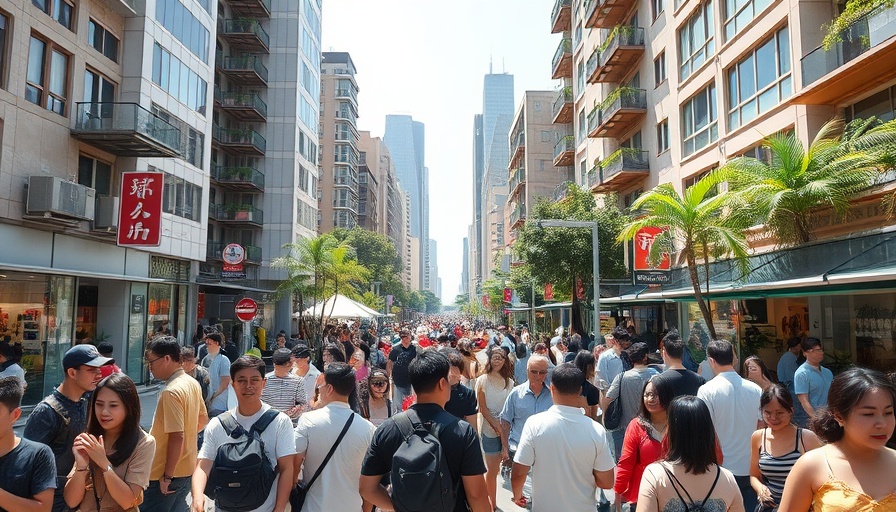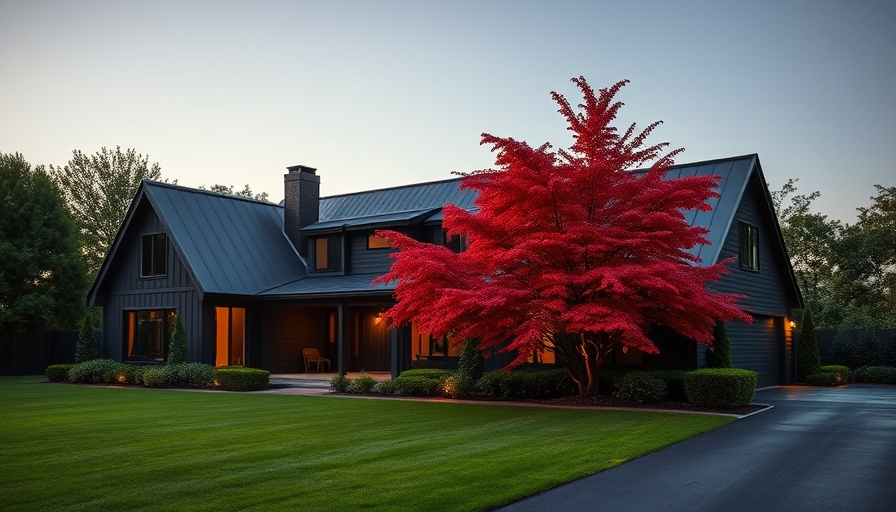
A New Era for Skid Row
The streets of Skid Row in downtown Los Angeles are set for a transformation as the city Planning Commission has cleared a significant $2-billion development project known as Fourth & Central. This ambitious plan aims to replace a long-standing cold storage facility with a vibrant mixed-use development that includes residential, commercial, and public spaces, reshaping the area's skyline and future.
Details of the Fourth & Central Development
The Fourth & Central development encompasses a sprawling 7.6-acre site on Central Avenue and is poised to introduce a blend of apartment living, businesses, and recreational areas. Developers Larry Rauch, whose family has operated the Los Angeles Cold Storage at this site since the 1960s, plan to replace the former facility with contemporary housing options designed to address the pressing need for affordable living in the area. The project will feature 1,589 rental units, of which 249 will be designated as affordable housing.
Changes Based on Community Input
Over the years, feedback from the community has driven several revisions to the project's initial design proposed in 2021. Following the necessity for further affordable housing, a hotel originally planned has been replaced with additional residential units. Moreover, the tallest building's height has been reduced from 44 to 30 stories, reflecting a shift in priorities toward residential needs over tourist accommodations.
Improving Accessibility and Public Spaces
One of the project's highlights is the planned 2 acres of open space, which emphasizes pedestrian-friendly designs. Open areas will link the complex to the nearby Little Tokyo Galleria, encouraging community interaction and providing much-needed green space in an urban environment. This thoughtful design aims to foster a sense of community while simultaneously benefitting local businesses.
Economic Challenges and Opportunities
Despite the excitement surrounding Fourth & Central, many developers face challenges when it comes to securing funding for new residential projects in Los Angeles. Rising interest rates and changing regulations have led to caution among investors. For instance, significant issues have arisen surrounding the United to House Los Angeles initiative, which includes increased taxes on large property sales and temporary eviction bans that emerged during the COVID-19 pandemic.
Community Support and Future Expectations
Enthusiastic backing from local organizations, such as the Downtown Los Angeles Neighborhood Council and the Central City Association, signals a community that largely supports the Fourth & Central development. They believe that the new residential options and retail spaces could greatly enhance local economies and address housing shortages, marking a significant step in Los Angeles' journey towards revitalizing underdeveloped areas.
The Broader Impact on the Los Angeles Housing Market
The Fourth & Central project is not an isolated initiative; rather, it reflects a growing trend in L.A.'s real estate development strategy. As the city faces a critical shortage of affordable housing, projects like Fourth & Central could represent a significant shift toward meeting the area’s overwhelming demand. With similar developments also underway, such as the 670 Mesquit project, the city seems poised to prioritize transformative solutions to its housing crisis.
If greenlit by the City Council, the Fourth & Central development will likely take a year to 18 months to finalize plans before the actual construction begins. The future of Skid Row and downtown Los Angeles may hang on the success of this major undertaking, encouraging neighboring developments and community-driven projects that could reshape urban living in the city.
As changes unfold, California residents, particularly those interested in urban living and housing development, should keep a pulse on how these initiatives address the critical issues of affordability and accessibility in the region.
 Add Row
Add Row  Add
Add 




Write A Comment